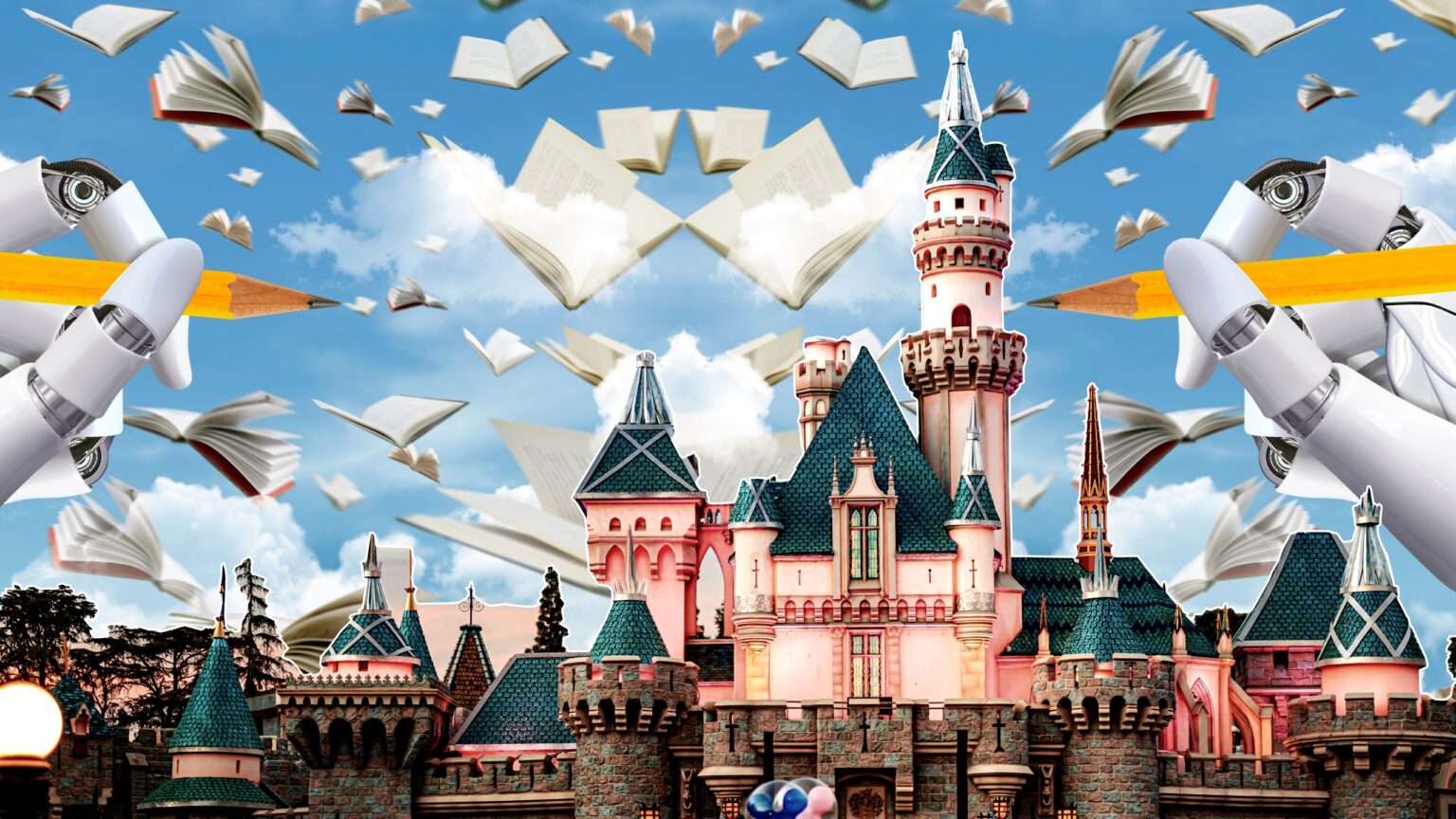Disney is forging ahead with its AI aspirations and has set up a task force to explore ways of integrating the technology across its business units amid the ongoing strike by writers and actors in Hollywood.
This is expected to cut across the company’s businesses from theme parks, advertising teams and movie studios. The development comes amid months of protests by stars in Hollywood over among other grievances AI interfering with their work. Many actors believe AI is likely to hurt their earnings in the long term, subsequently affecting their livelihoods.
The task force was formed at the beginning of 2023. Its implementation comes as the entertainment company has a pipeline of job openings for AI and machine learning (ML), to serve almost every segment of the business. Recently, streaming services firm Netflix listed a $ 900,000-a-year AI job within the firm, with several other film companies following suit.
The inevitable AI
According to a Reuters report which cites some internal sources, the AI taskforce was formed to create applications that will be used within the firm’s business units.
One of the sources indicated the use of AI in the sector was inevitable and big companies have to incorporate the technology or risk “falling behind the curve.”
“AI research at Disney goes back a very long time and revolves around all the key things you see being discussed today: can we have something that helps us make movies, games, or conversational robots inside theme parks that people can talk to?” an unnamed executive who has worked with Disney told Reuters.
Another source, former Industrial Light & Magic research lead and Pinscreen co-founder and CEO Hao Li also told the publication that Disney has been working on AI research for a long time now, from as far back as 2006.
“They basically do research on anything based on performance capture of humans, creating digital faces. Some of these techniques will be addicted by Disney entities,” said Li.
Disney’s stint with technology
Disney has always embraced technology, investing in it from as early as the 1920s. Its CEO Bob Iger has made it clear technology is one of his top priorities. Iger is in his second stint at the helm of the company. When he returned to the firm as CEO in November 2022, he told his first town hall meeting that AI was inevitable.
Undoubtedly identified as an enabler for productivity and efficiency, AI is also going to negatively affect many sectors and GlobalData thematic research director Joseph Bori previously told Verdict that the media industry would be “significantly impacted by generative AI.”
“The large population of supporting and background actors as well as extras could be entirely replaced by software,” said Bori.
“Further, in the long run, it is not unthinkable that movie studios would cultivate the image of fully generated actors, doing away with the need to pay image rights to those famous human actors.”
Writers and actors in Hollywood have been on what has been dubbed the biggest strike in decades over the proposal by studios to replace actors with AI. Members of the Writers Guild of America started the strike in May demanding new rules over how studios use AI in film production and writing.
Also read: Americans Confident AI Won’t Take Their Jobs But Other People’s
Cost containment measure
Sources have also revealed AI is seen as a significant tool to cut ballooning production costs for Disney. Its peers in the film industry are also looking at using the tech for cost-effective productions.
Another internal source who spoke to Reuters concurred saying the cost for a production like Indiana Jones and the Dial of Destiny can swell to as much as $300 million and AI may be the answer to narrow the cost. Such a production would therefore require significant box office returns for it to break even.
Visual effects managers said that over 100 artists spent more than three years to “de-age” Harrison Ford in the latest Indiana Jones movie to make him younger during the first minutes of the movie adding to costs.
According to Cartoon Brew, (CB), Disney has seen production costs skyrocketing recently, and “every failure at the box office is felt more keenly.”
Last year, Disney distributed what were termed “the year’s biggest flops,” that is Strange World and Lightyear which lost a combined $303 million at the box office.
Yet, other studios did well on smaller budgets and it is believed Disney wants to leverage AI to cut the cost of production.
While Disney struggled with some films at the Box Office, Dreamworks’ The Bad Guys grossed $250 million from a budget of between $70 million and $80 million. Another film Puss in Boots: The Last Wish was produced on a $90 million to $110 million budget and made $481 million in gross revenue.
Illumination’s The Super Mario Bros. Movie has made over $1.35 billion worldwide so far in 2023 from a budget of around $100 million.









 and then
and then